-
 bitcoin
bitcoin $99177.955738 USD
-7.32% -
 ethereum
ethereum $3187.183061 USD
-12.38% -
 tether
tether $0.999809 USD
0.00% -
 xrp
xrp $2.117933 USD
-9.42% -
 bnb
bnb $906.710033 USD
-9.17% -
 solana
solana $149.367737 USD
-10.74% -
 usd-coin
usd-coin $0.999816 USD
0.01% -
 tron
tron $0.281498 USD
-0.38% -
 dogecoin
dogecoin $0.156292 USD
-8.00% -
 cardano
cardano $0.500744 USD
-10.19% -
 hyperliquid
hyperliquid $38.087358 USD
-4.58% -
 chainlink
chainlink $14.097831 USD
-8.54% -
 bitcoin-cash
bitcoin-cash $463.329916 USD
-9.22% -
 ethena-usde
ethena-usde $0.999078 USD
-0.01% -
 unus-sed-leo
unus-sed-leo $9.475862 USD
-0.79%
The Ultimate Guide to Cold Storage Wallet Security
Cold storage wallets keep crypto safe offline, protecting against online threats, but require careful physical backup and protection from theft or damage.
Nov 01, 2025 at 10:55 pm
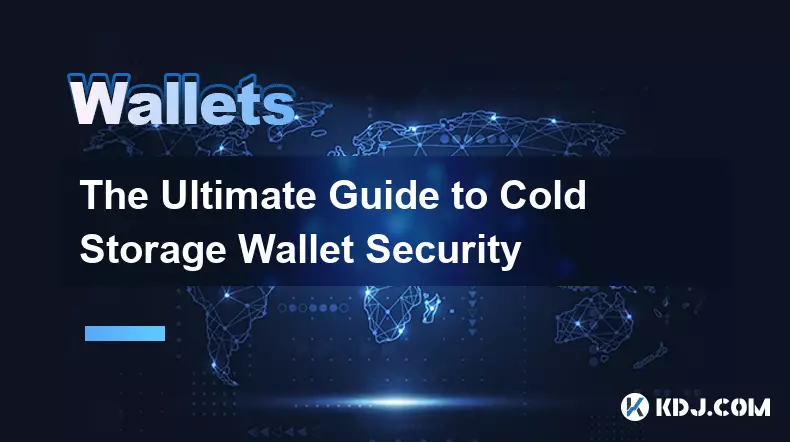
Cold Storage Wallet Fundamentals
1. A cold storage wallet is a cryptocurrency wallet that is not connected to the internet, making it immune to online hacking attempts. These wallets store private keys offline, which significantly reduces the risk of unauthorized access.
2. The most common types of cold storage include hardware wallets and paper wallets. Hardware wallets are physical devices like Ledger or Trezor that securely manage private keys. Paper wallets involve printing out private and public keys on paper, often in QR code format.
3. Cold storage is considered the gold standard for securing large amounts of cryptocurrency because it removes exposure to network-based threats such as phishing, malware, and remote exploits.
4. Unlike hot wallets, which are always online and convenient for frequent transactions, cold wallets prioritize security over accessibility. This makes them ideal for long-term holding rather than day-to-day spending.
5. It’s essential to understand that while cold storage protects against digital attacks, it introduces physical risks—loss, damage, or theft of the device or paper medium must be mitigated through proper backup strategies.
Best Practices for Securing Cold Wallets
1. Always purchase hardware wallets directly from the manufacturer’s official website. Third-party sellers may provide tampered devices preloaded with malicious firmware designed to steal your keys.
2. After setting up a new hardware wallet, immediately write down the recovery seed phrase on a durable, non-digital medium. Avoid storing it electronically, including photos, cloud notes, or text files.
3. Use metal seed vaults or cryptotags instead of paper to protect your recovery phrase from fire, water, and degradation over time. These tools ensure longevity and resilience under extreme conditions.
4. Enable PIN protection on your hardware wallet and avoid using predictable patterns. Some advanced models support passphrase encryption (often called a 25th word), which adds an extra layer of plausible deniability and security.
5. Regularly test your recovery process by restoring your wallet on another device using the seed phrase. This ensures that your backup is accurate and functional without risking your primary funds.
Risks and Mitigation Strategies
1. Physical theft remains a major concern when using cold storage. Storing your device or seed in a secure location such as a safe or safety deposit box can prevent unauthorized access.
2. Natural disasters like floods or fires can destroy paper or electronic backups. Distributing multiple copies of your seed across geographically separate locations reduces this risk.
3. Social engineering attacks target users into revealing their seed phrases. Never share your recovery phrase with anyone, regardless of how legitimate the request may seem—even if it appears to come from customer support.
4. Firmware vulnerabilities can exist even in reputable hardware wallets. Always update your device using official channels and verify firmware signatures when possible to prevent supply chain compromises.
5. Human error, such as mistyping addresses during transactions or losing access to recovery materials, accounts for a significant portion of lost crypto assets. Double-check all transaction details and maintain organized, redundant backups.
Frequently Asked Questions
What happens if I lose my hardware wallet but have the seed phrase?If you lose your hardware wallet but retain the recovery seed phrase, you can restore your funds on any compatible wallet device or software. The seed contains all necessary information to regenerate your private keys and regain control of your assets.
Can a cold wallet be hacked while disconnected from the internet?A properly configured cold wallet cannot be remotely hacked due to its offline nature. However, compromise can occur before or after use—such as through a pre-infected device, malicious software on a connected computer, or physical tampering.
Is it safe to generate a paper wallet on an online computer?No. Generating a paper wallet on an internet-connected machine exposes the private key to potential surveillance or malware. For true security, create paper wallets using offline tools on an air-gapped computer that has never been connected to a network.
Should I encrypt my seed phrase?The seed phrase itself should never be altered or encrypted, as this may render it unusable. However, you can enhance security by splitting the seed using Shamir’s Secret Sharing or storing components separately, ensuring no single point of failure.
Disclaimer:info@kdj.com
The information provided is not trading advice. kdj.com does not assume any responsibility for any investments made based on the information provided in this article. Cryptocurrencies are highly volatile and it is highly recommended that you invest with caution after thorough research!
If you believe that the content used on this website infringes your copyright, please contact us immediately (info@kdj.com) and we will delete it promptly.
- La Culex, Crypto Investment, and Pudgy Penguins: A NYC Perspective
- 2025-11-05 10:30:13
- Score Big with BetMGM: NBA, NFL, and the TOP150 Bonus Code
- 2025-11-05 08:50:13
- BullZilla, Crypto Presales, and Cronos Aster: What's the Buzz?
- 2025-11-05 09:10:01
- BullZilla Presale: The Roaring Crypto Opportunity You Can't Ignore
- 2025-11-05 08:55:01
- Ripple, USD Stablecoins, and the $1 Billion Milestone: A New Era for Cross-Border Payments?
- 2025-11-05 09:10:01
- New Coin Honors Unknown Soldier: A Nation Remembers
- 2025-11-05 08:35:01
Related knowledge
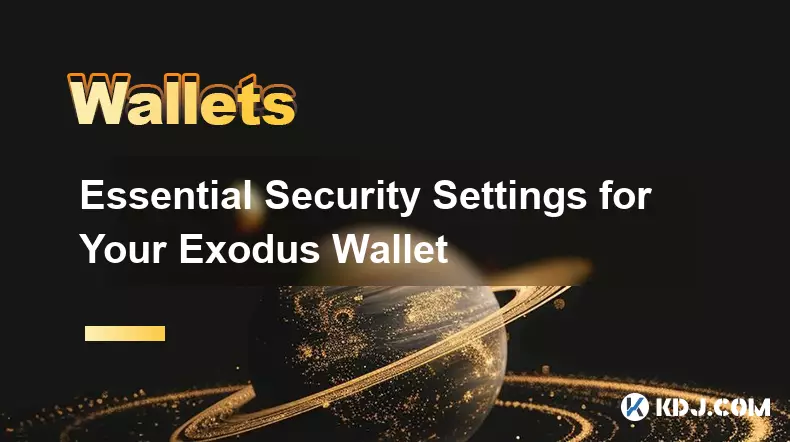
Essential Security Settings for Your Exodus Wallet
Nov 05,2025 at 08:00am
Understanding Exodus Wallet Security Fundamentals1. Exodus is a software wallet that allows users to store, manage, and exchange various cryptocurrenc...

Reviewing Smart Contract Permissions: A Critical Security Step
Nov 01,2025 at 04:55pm
Understanding Decentralized Exchanges in the Crypto Ecosystem1. Decentralized exchanges (DEXs) have reshaped how traders interact with digital assets ...
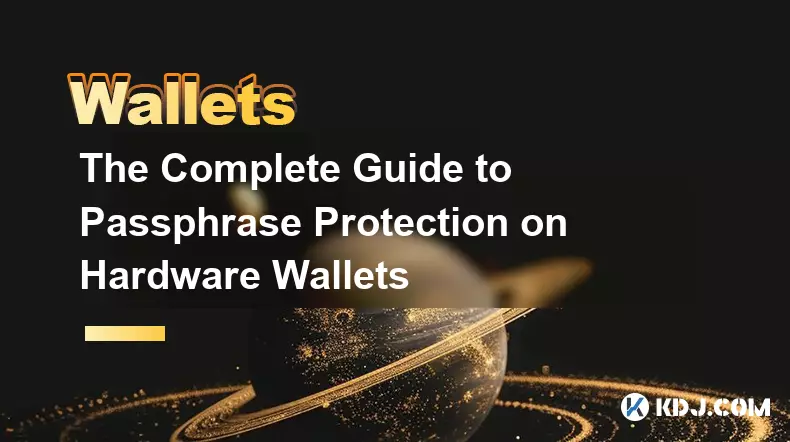
The Complete Guide to Passphrase Protection on Hardware Wallets
Nov 03,2025 at 10:37am
Understanding Passphrases in Hardware Wallets1. A passphrase, often referred to as a 25th word, adds an additional layer of security beyond the standa...
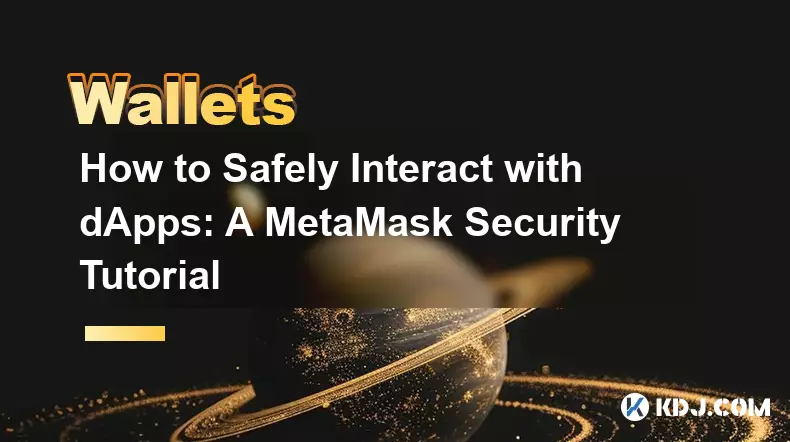
How to Safely Interact with dApps: A MetaMask Security Tutorial
Nov 04,2025 at 02:54am
Understanding dApp Interaction Risks1. Decentralized applications (dApps) operate on blockchain networks, enabling users to trade tokens, lend assets,...
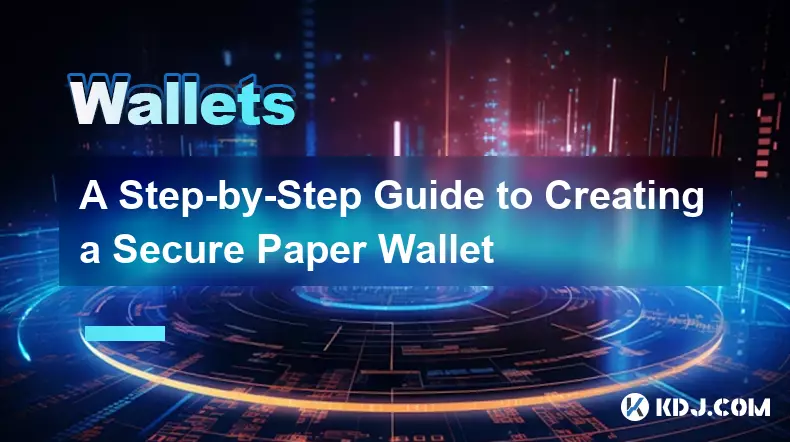
A Step-by-Step Guide to Creating a Secure Paper Wallet
Nov 05,2025 at 04:39am
Understanding the Basics of a Paper Wallet1. A paper wallet is a physical document that contains the private and public keys of a cryptocurrency addre...

Software Wallet Security Vulnerabilities You Need to Know
Nov 01,2025 at 11:37am
Common Exploits Targeting Software Wallets1. Phishing attacks remain one of the most widespread threats to software wallet users. Cybercriminals desig...

Essential Security Settings for Your Exodus Wallet
Nov 05,2025 at 08:00am
Understanding Exodus Wallet Security Fundamentals1. Exodus is a software wallet that allows users to store, manage, and exchange various cryptocurrenc...

Reviewing Smart Contract Permissions: A Critical Security Step
Nov 01,2025 at 04:55pm
Understanding Decentralized Exchanges in the Crypto Ecosystem1. Decentralized exchanges (DEXs) have reshaped how traders interact with digital assets ...

The Complete Guide to Passphrase Protection on Hardware Wallets
Nov 03,2025 at 10:37am
Understanding Passphrases in Hardware Wallets1. A passphrase, often referred to as a 25th word, adds an additional layer of security beyond the standa...

How to Safely Interact with dApps: A MetaMask Security Tutorial
Nov 04,2025 at 02:54am
Understanding dApp Interaction Risks1. Decentralized applications (dApps) operate on blockchain networks, enabling users to trade tokens, lend assets,...

A Step-by-Step Guide to Creating a Secure Paper Wallet
Nov 05,2025 at 04:39am
Understanding the Basics of a Paper Wallet1. A paper wallet is a physical document that contains the private and public keys of a cryptocurrency addre...

Software Wallet Security Vulnerabilities You Need to Know
Nov 01,2025 at 11:37am
Common Exploits Targeting Software Wallets1. Phishing attacks remain one of the most widespread threats to software wallet users. Cybercriminals desig...
See all articles










































































